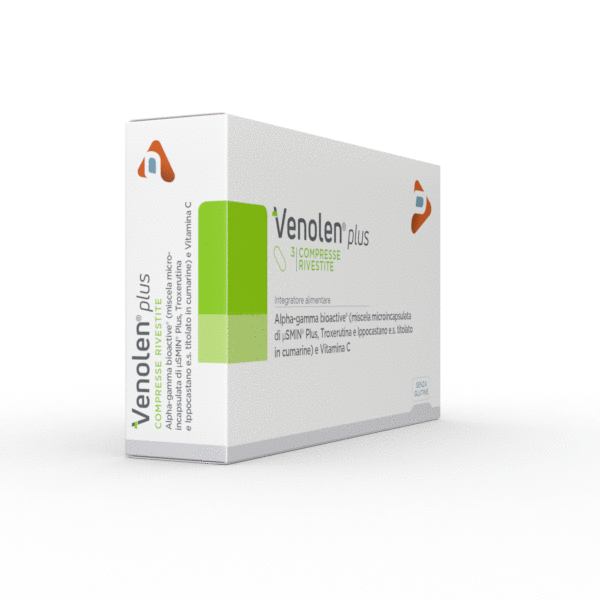Summer is coming, the legs are uncovered, but in the mirror, those thin purple spider webs make one think and aim to eliminate them becomes the first goal, but be careful: the first thing to do, instead, is to understand exactly what it is through a visit accurate specialist. The phlebologist, in fact, through the ecocolordoppler mapping and the hemodynamic study of the venous circulation in the legs, will relate the capillaries with the veins, establishing which is the origin of the flow that feeds the capillaries and verifying that there are no problems of venous incontinence.
Once it is established that the capillaries originate from the adipose tissue generally they are of this type those on the thigh – you can proceed to set the treatment. Why does cellulite have an impact on the vessels? The adipose tissue that manifests itself with the dreaded “orange peel” skin prevents proper blood drainage, the blood flow then seeks alternative ways and here are that small red-purple streams appear under the skin. What to do? Closing them would block a natural drain that would reopen with greater force following treatment. The correct approach, therefore, aims to lighten the capillaries and make sure that effective and invisible drainage is recreated. The most common technique in these cases is microsclerotherapy.
During the treatment, it is useful to take specific supplements that increase the venous tone, which is often associated with drainage. Easily commercially available are those based on horse chestnut extracts (they favor the normal functionality of the microcirculation) and Vitamin C, able to carry out an antioxidant action and to support the physiological formation of collagen for normal blood vessel function.


